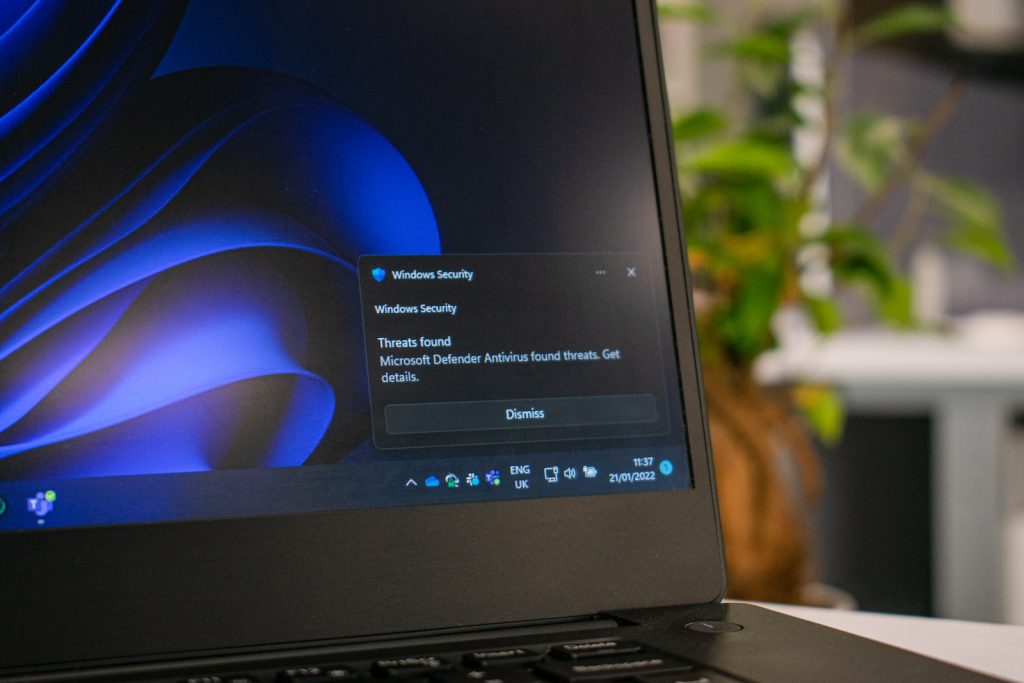Microsoft's New Bug Bounty Program: Up to $20,000 for Finding Vulnerabilities in Defender Products

Microsoft Offers Up to $20,000 for Vulnerabilities in Defender Products
Microsoft, the tech giant, announced a new bug bounty program to find vulnerabilities in its Defender line of products and services. The company's new initiative, named the Microsoft Defender Bounty Program, kickstarts with its Defender for Endpoint APIs. Still, Microsoft stated that additional products and services within the Defender brand will be added to the program over time.
Announcement of Microsoft's New Bug Bounty Program
The Microsoft Defender Bounty Program invites researchers worldwide to uncover potential security vulnerabilities within its suite of Defender products, offering rewards for said activities. This step reflects Microsoft's continuous commitment to fortifying security and maintaining trust amongst its users. Researchers are to submit reports detailing found vulnerabilities through the MSRC Researcher Portal.
Initially Launched with Defender for Endpoint APIs
While the bounty program currently only covers the Defender for Endpoint APIs, Microsoft mentioned its plans to expand its scope to cover other Defender-related products and services. This program's scope is exclusive to technical vulnerabilities in the cited products. It emphasizes ethical practices, advising researchers to cease activity and contact Microsoft immediately if they encounter customer data during their research.
Worldwide Participation and Reward Details
Participating researchers could potentially earn between $500 and $20,000 for relating identified flaws, with the maximum amount being designated for the most severe, critical bugs. Such high reward acts as an incentive for researchers worldwide to participate in the Bounty Program. The severity of the bugs found and the quality of the vulnerability report will determine the reward amount. Microsoft is willing to award up to $8,000 for critical elevation of privilege and information disclosure issues and up to $3,000 for spoofing and tampering vulnerabilities.
All reports will be evaluated and must outline which high-impact scenarios they address and describe the attack vector. Finally, valid submissions must meet several criteria. Vulnerabilities reported must be within the program's scope, previously unreported, and able to be reproduced on the latest, fully patched version of the product.
Requirements for Bug Bounty Program
The Microsoft Bug Bounty Program greatly values the global security researcher community's contributions to identifying and fixing vulnerabilities in Microsoft's products and services. As such, the company has established precise guidelines regarding the kind of vulnerabilities that qualify for a bounty reward, the report content that needs to be provided by researchers, and the reporting process through the MSRC Researcher Portal.
Comprehensive Report of Unreported, Reproducible Flaws
Microsoft stipulates that submitted security vulnerabilities should be novel and not previously reported to be eligible for the Bounty Program. Furthermore, the reported vulnerabilities should be reproducible on the latest, fully patched version of the product or service in question to qualify for a reward. The bounty award is given in accordance with the guidelines provided in the specific bounty program descriptions, and every valid vulnerability submission, whether or not it qualifies for a bounty award, is recognized in Microsoft's Researcher Recognition Program and Researcher Leaderboard.
Inclusion of Cross-Site Scripting, Server-Side Request Forgery, and Security Misconfiguration Issues
The Microsoft Defender Bounty Program specifically targets a variety of vulnerabilities, including but not limited to Cross-site scripting (XSS), Cross-site request forgery (CSRF), and Server-side request forgery (SSRF). Other vulnerabilities, such as insecure direct object references, insecure deserialization, injection vulnerabilities, server-side code execution, and significant security misconfiguration problems, are also in focus for the program. It is also important to note that components with known vulnerabilities should also be reported, and they should include proof-of-concept (PoC) exploit code.
Mandate of Clear and Concise Reporting through the MSRC Researcher Portal
Microsoft requires that all reports be submitted through the MSRC Researcher Portal and insists on the reports being clear and concise. The communication should include all information necessary for Microsoft's teams to reproduce the issue, thus making remediation more efficient. In the report, it is essential to indicate which high-impact scenario the vulnerability qualifies for and describe the attack vector. Microsoft encourages security researchers to reach out to them with found vulnerabilities, thereby playing a vital role in enhancing the security of Microsoft's products and services.
Restrictions and Limitations
While the newly announced Microsoft Defender Bounty Program provides a lucrative platform for global researchers to uncover and report vulnerabilities in the Defender products and services line, it comes with specific limitations and restrictions. Researchers must be aware of these to ensure they abide by the program's rules, making their contributions valuable and eligible for the proposed rewards.
Scope Limited to Technical Vulnerabilities in Defender-Related Products and Services
The bounty program's scope, as specified by Microsoft, is confined to the discovery and reporting of technical vulnerabilities within its suite of Defender products and services. In its initial stages, the program focuses on the Microsoft Defender for Endpoint APIs. Still, the company has stated intentions of broadening the scope to encompass more elements of the Defender line over time. Vulnerabilities eligible for cash rewards should include tampering, spoofing, information disclosure, or privilege elevation. The reward amount ranges from $500 to $8,000, determined primarily by the severity and impact of the identified bug.
Measures in Case of Accidental Customer Data Discovery During Research
Microsoft has expressed serious concern to ensure the privacy and protection of customer data during the research process. In cases where researchers accidentally stumble upon customer data during their research, the tech giant urges all researchers to cease their research immediately and report the situation to Microsoft. This rule is in place to ensure that any customer data encountered during research is handled responsibly and ethically, providing yet another level of safety measure in Microsoft's committed approach towards security and customer privacy.
Risks, Threats, and Advancements in AI in Cybersecurity
Cybersecurity risks are escalating, a fact highlighted by recent instances of widespread hacking and data breaches. Humans are notoriously poor at assessing risks, making cybersecurity threats even more dangerous, as businesses and individuals often underestimate their vulnerability to such attacks.
One of the emerging trends in improving cybersecurity measures will be the use of AI, predictive tools like ChatGPT, and automation. These technologies cannot only detect cyber threats but can also defend against them, transforming the cybersecurity landscape. Thus, Microsoft's latest offer of up to $20,000 for uncovering vulnerabilities in its Defender products shows how a company can leverage the abilities of worldwide researchers to improve its products' security in the background of growing cyber threats.
The cybersecurity landscape is rapidly evolving, and staying informed about the latest threats, trends, and advancements is crucial for maintaining a robust defense against potential cyber criminals.
